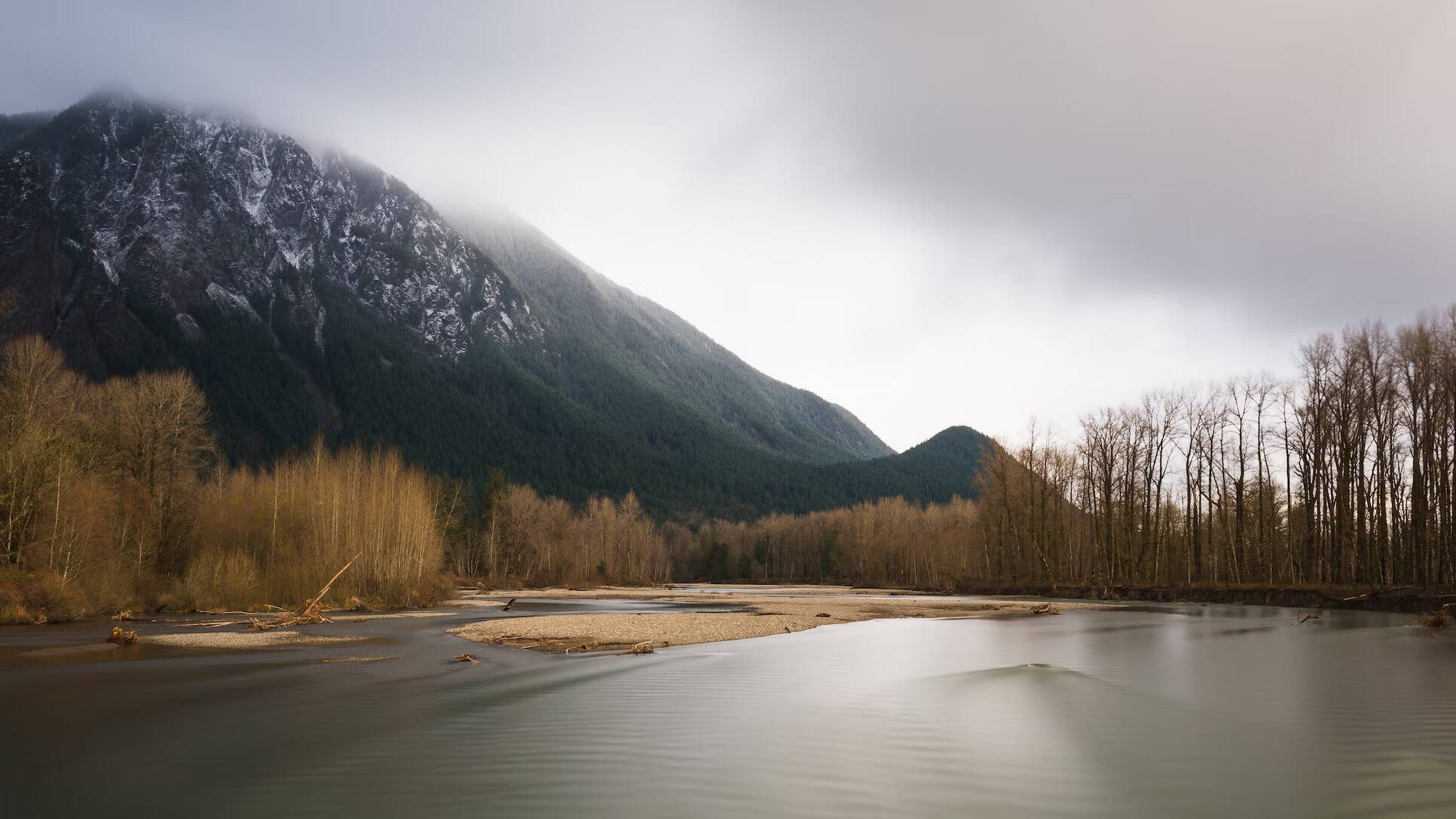After several bouts of steady rainfall this last week, the city of North Bend announced Tuesday that it would loosen restrictions on water usage for city residents and regress to stage 1 of its Water Conservation Ordinance (WCO).
Based on current weather forecasts, the city says it expects to fully exit the WCO on Nov. 17.
The WCO is an effort by the city to conserve water and protect the health of the Snoqualmie River. While small fines are possible for ignoring WCO restrictions, the program primarily seeks voluntary compliance to educate and raise awareness. City officials credit the program as part of a reduction in city water production over the last decade.
North Bend had been under stage 3 of the WCO — the topmost stage that carries the strictest limitations on water use — since Sept. 5. This year was the first in the WCO’s four-year history that stage 3 was enacted.
That came as Western Washington experienced a particularly dry spring and a summer drought that left many utility providers with a shortage of water. Seattle Public Utilities, for example, began asking customers to voluntarily cut back on water usage in late-September.
In addition to the general impacts of climate change, which are expected to cause worsening drought, an El Niño Weather pattern was also observed this summer. El Niño conditions are expected to continue through the winter in the Northwest, making conditions warmer and drier than usual.
The WCO begins in stage 1 each August, but can progress to higher stages and add restrictions based on water levels in the Chester Morse Lake Masonry Pool. The reservoir is managed by Seattle Public Utilities and is used by over two dozen providers. For North Bend, it feeds Hobo Springs, a mitigation water source used to replenish flows in the Snoqualmie River.
One of the city’s primary water sources, the Centennial Well, is closely tied to water levels in the Snoqualmie River. As a result, the city is required under its state-approved water rights permit to have mitigation water it can pump back into into the river to offset adverse impacts.
At the time stage 3 was enacted in September, there was some concern about the city’s ability to fully mitigate the Snoqualmie River. North Bend Public Works Director Mark Rigos told the Valley Record the city’s ability to offset impacts would depend on fall weather conditions.
“If it rains more than usual in September and October in the Snoqualmie River Watershed, then the city should have enough mitigation supply,” he said. “If it rains less than usual then the city will probably not have enough.”
In a follow up message this week, Rigos noted that while he had not yet done calculations comparing this year’s rainfall totals to prior ones, conditions had felt wetter than normal and rainfall had been sufficient to protect the river.
“To date, there has been ample rainfall to meet the mitigation needs,” he wrote in an email on Nov. 7.
The concern comes as the city is in the process of shoring up its mitigation water supply. In June, the city and Sallal Water Association, a neighboring water district, agreed to a historic partnership that will give the city additional mitigation water and put it in compliance with its water rights permits.
The infrastructure needed to facilitate the agreement is a few years away. Sallal’s water system is not expected to be available to the city until 2025.


